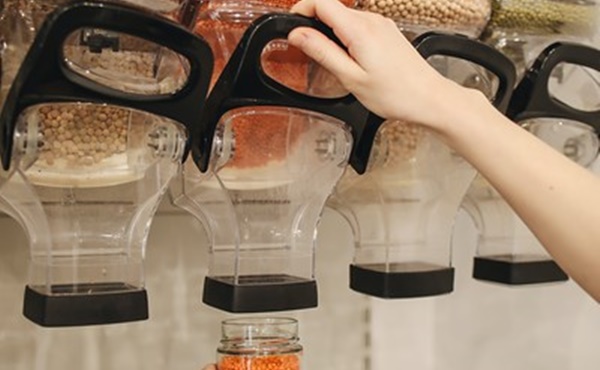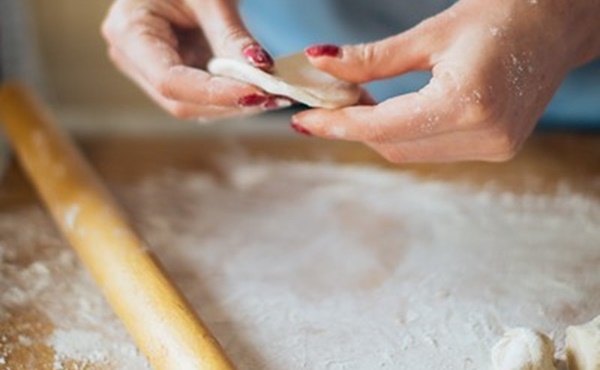Major events like the Covid-19 pandemic won’t cause current mega trends to disappear, but there will be a number of shifts in consumer attitudes and behaviours to watch for, says Kate Usher, trend consultant for Trend Bible.
“There is no rulebook for the life of a trend,” says Usher, whose UK-based global firm specialises in predicting the future of life.
“They are as elusive and fluid as the human beings who circulate them. As forecasters, it’s our job to constantly track the pace of change―for every trend we have forecasted―and to spot deviations ahead of time.”

However, mega trends such as sustainability and urbanisation rarely disappear in the face of unpredictable events such as the Covid-19 pandemic. These trends are major shifts and will be around for at least 10 years if not more.
“However, how we respond to these mega trends day-to-day and year-to-year is subject to the specific scenario we find ourselves in and where our priorities lie,” Usher explains.
For example, sustainability, which has resulted in more ethical purchases in recent years. During the pandemic some of these consumers will opt for cheaper and less eco-friendly options due to economic concerns.

“That does not mean, however, that the trend will not return stronger than ever once the crisis is over. It’s a temporary blip.”
Another trend that is expected to slow down during and after the crisis is the quest for convenience.
“Householders are rediscovering the value in doing things more slowly, more deliberately and more thoroughly during lockdown,” Usher explains.
“Sales of flour are going through the roof as consumers turn to baking as a therapeutic domestic task, and many are actually finding enjoyment and stress relief in washing the dishes. Convenience is no longer the goal; in fact, the more inconvenient options hold more appeal.”

This shift has major implications for homewares brands, and Usher recommends they think short-term and focus on the next three to six months ahead.
“How can (you) support and connect with customers through the pandemic? This might not be about selling products but building connections with people. During time of uncertainty, the brands that resonate with our need for comfort, security and authenticity will be the ones we turn back to once we have the ability to do so.”
Moving to 2021, Usher identified four key trends or drivers of change. They are:
• Homebodies―before the current pandemic, there had been a significant increase in the number of people socialising and entertaining at home. JOMO (Joy of Missing Out), which celebrates life’s ordinary moments, is an increasingly popular antidote to FOMO (Fear of Missing Out), which fuelled being part of big social gatherings, travel and flashy experiences on social media for years. This will certainly continue post-crisis as people seek to reconnect with small groups of people in real life.

• Express Yourself―many fashion brands are moving into the home interiors market, which has made personalising your home more accessible than ever before. “There’s a big shift from wanting to blend in to ‘look at me’,” says Usher. As a result, bolder colour is becoming increasingly popular for homes and housewares.
• Conscious Choices―many consumers will continue to look for ways to reduce their environmental footprint. Glass jars will become even more popular as a durable storage option, but also for their ability to seal in food freshness and reduce food waste.
• Purified Home―the ‘Joy of Clean and Tidy’ trend will only increase as consumers “seek to regain some control in their busy and chaotic lives”, says Usher. She predicts many will take preventative measures to improve indoor air quality and minimise toxicity through environmentally friendly textiles, surfaces and cleaning products.

Photography: Trend Bible







